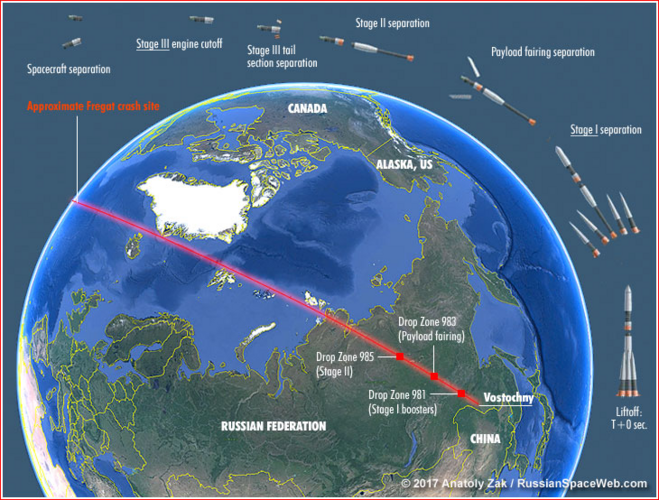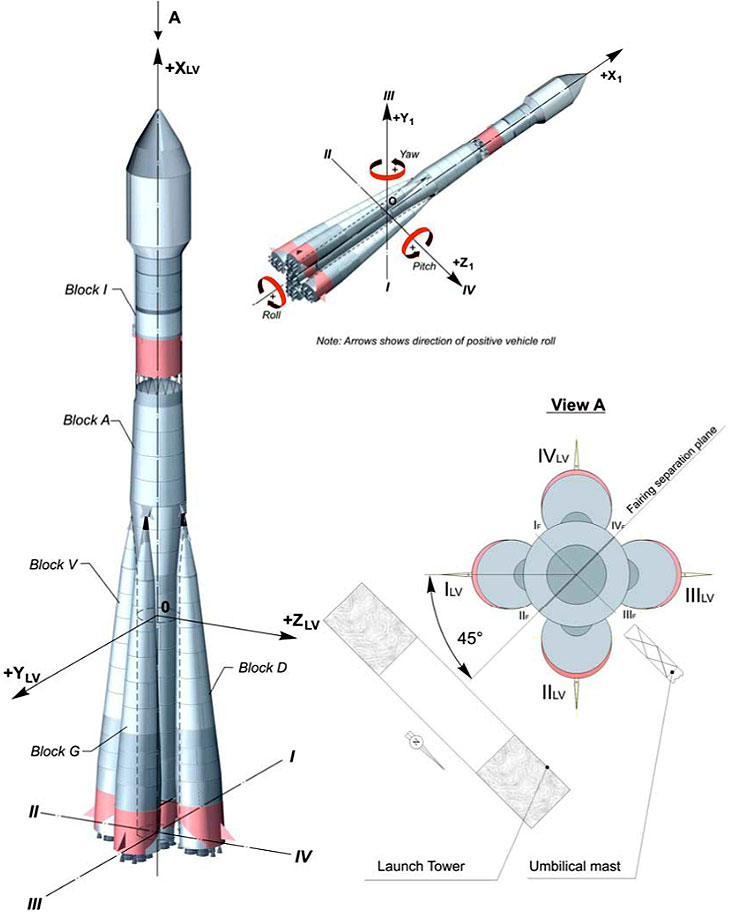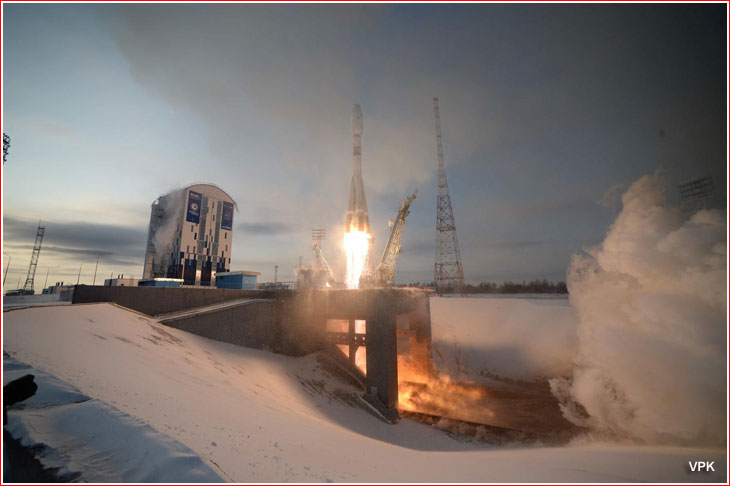- Joined
- 21 January 2015
- Messages
- 12,161
- Reaction score
- 16,378
On Tuesday morning, a Russian Soyuz 2.1b rocket lifted off on schedule from a new spaceport, carrying the the Meteor M2-1 weather and climate satellite, as well as more than a dozen secondary payloads. However, the satellite never reached its target orbit, more than 825km above Earth.
According to Russian media reports, the Fregat upper stage separated from the rocket about 10 minutes after launch, but then something went wrong. At least one of the two firings of the Fregat stage, which is used to insert satellites into their designated orbits, apparently did not happen. Russian space journalist Anatoly Zak reports that human error may have been involved, with an errant pre-programmed flight sequence. Roscosmos has since lost contact with the satellite.
This failure is troublesome for the Russian space program for at least a couple of reasons. This is the fourth failure of the versatile Fregat space tug, which has been in service for about two decades. All of the problems have occurred since 2009, when there have been problems with flight data, third-stage failures, and control system failures. In each of the cases, the satellite did not reach its desired orbit.
https://arstechnica.com/science/2017/11/the-second-launch-from-russias-new-spaceport-has-failed/
You can find more detail on the flight including the payloads aboard on the link below.
http://spacenews.com/contact-lost-with-satellites-after-soyuz-launch/



